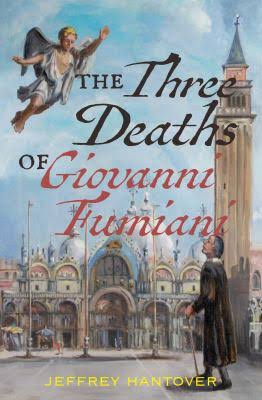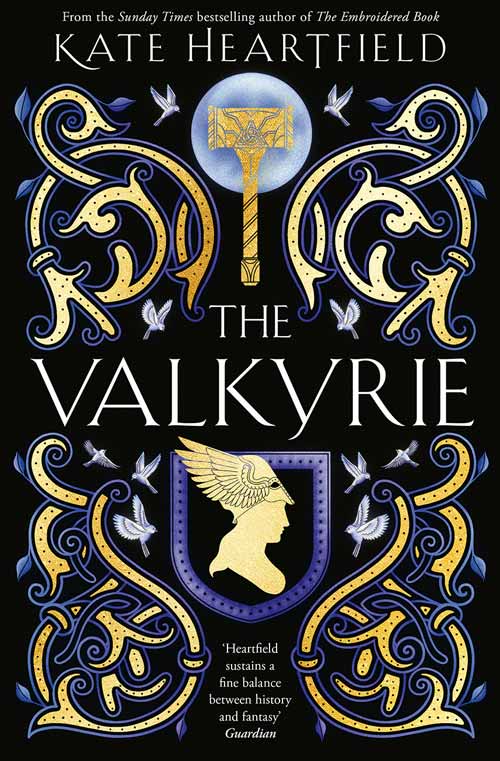The Three Deaths of Giovanni Fumiani
After an awkward start, this investigation of a 1706 “accidental” death develops into a true page-turner. Stefano Bigio, through no fault of his own, has lost access to his family’s wealth and prestige. But he is still by birth a nobleman, which cushions his impoverished lifestyle a little. More significantly, he retains access to the whispers and gossip of Venice. So when the parish priest asks him to uncover the truth about the death of artist Giovanni Fumiani, who fell to his death while painting an extraordinary angelic ceiling within the church of San Pantalon, a delicate quid pro quo lures Bigio into the hunt. Even his small amours with an aging courtesan can be softly maneuvered toward more information.
The novel’s short chapters and quickly shifting settings encourage a sense of intricate formal dance among the characters and the mystique of the city, where nobility is still defined by both birth and attire. It’s quickly clear that Fumiani’s recorded death was more feint than fact, but the reason behind this sleight of hand leads Bigio and his friends into deadly danger. “Priests, painters, and poets celebrated the miracles of God,” he knows—but for ordinary people to attempt decent upstanding lives means avoiding the menace of the corrupt Republic of Venice.
Hantover’s skills in portraying a complicated time period, very different from later definitions of republics and liberty, are well-honed. He layers the details of society and culture with grace, skill, and tenderness, and allows Bigio’s honorable character to gradually take over this unusual detective tale.










